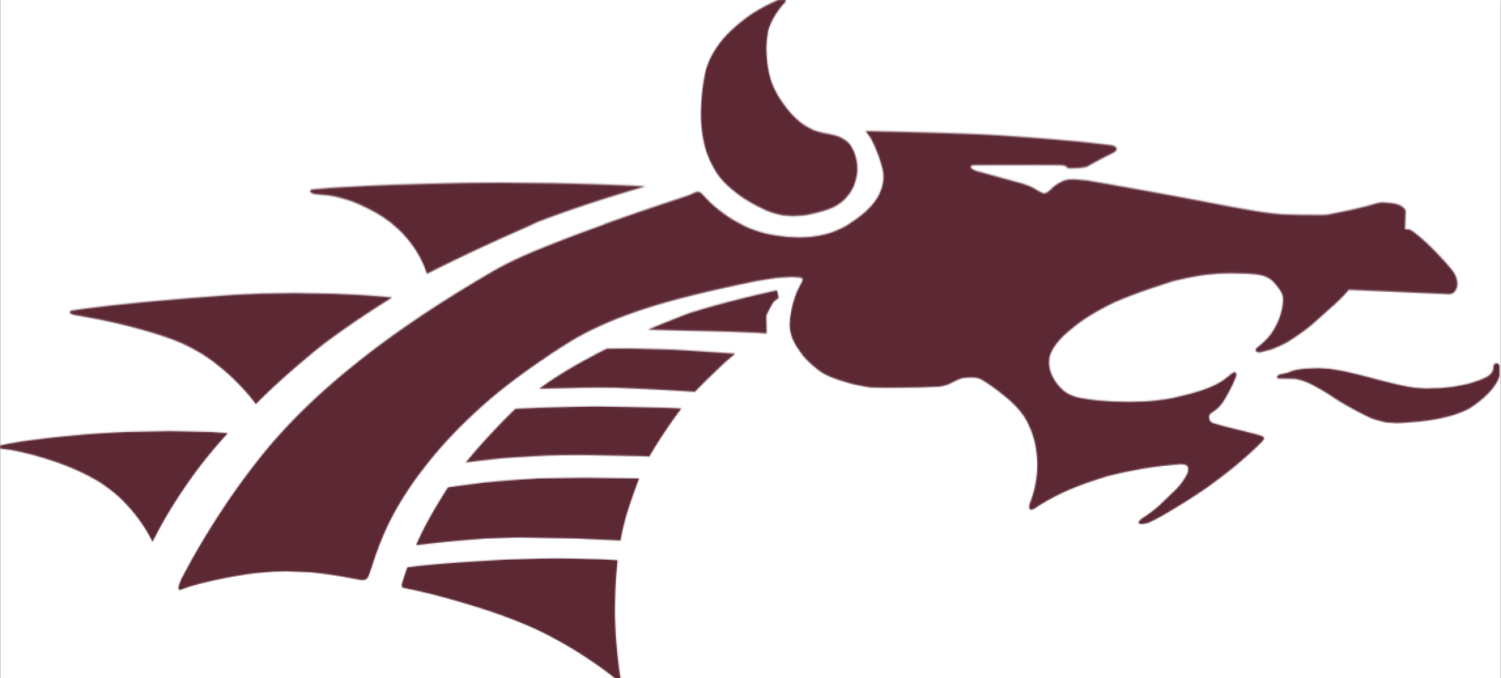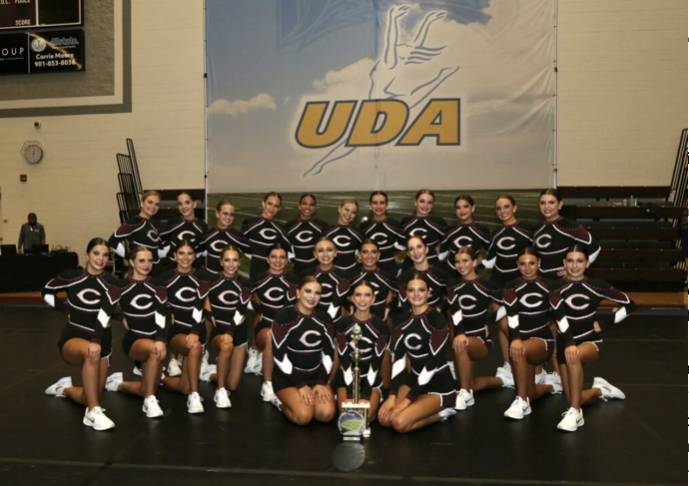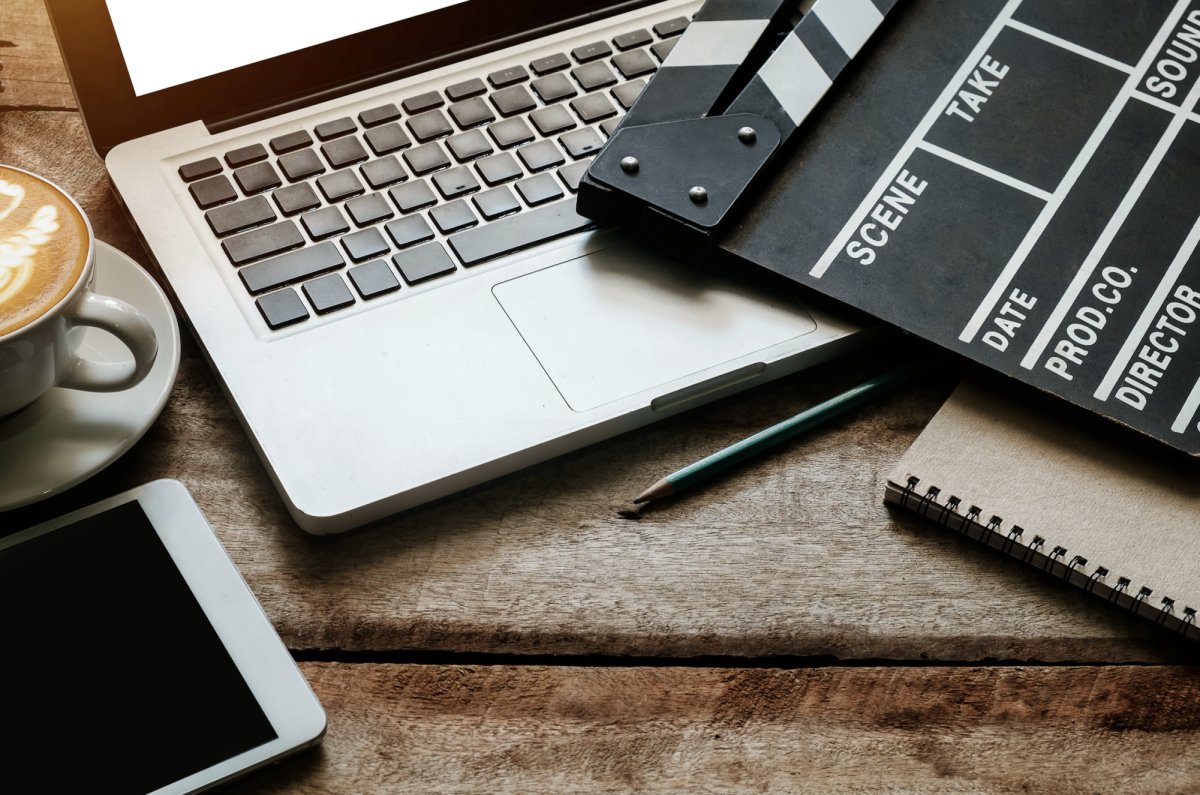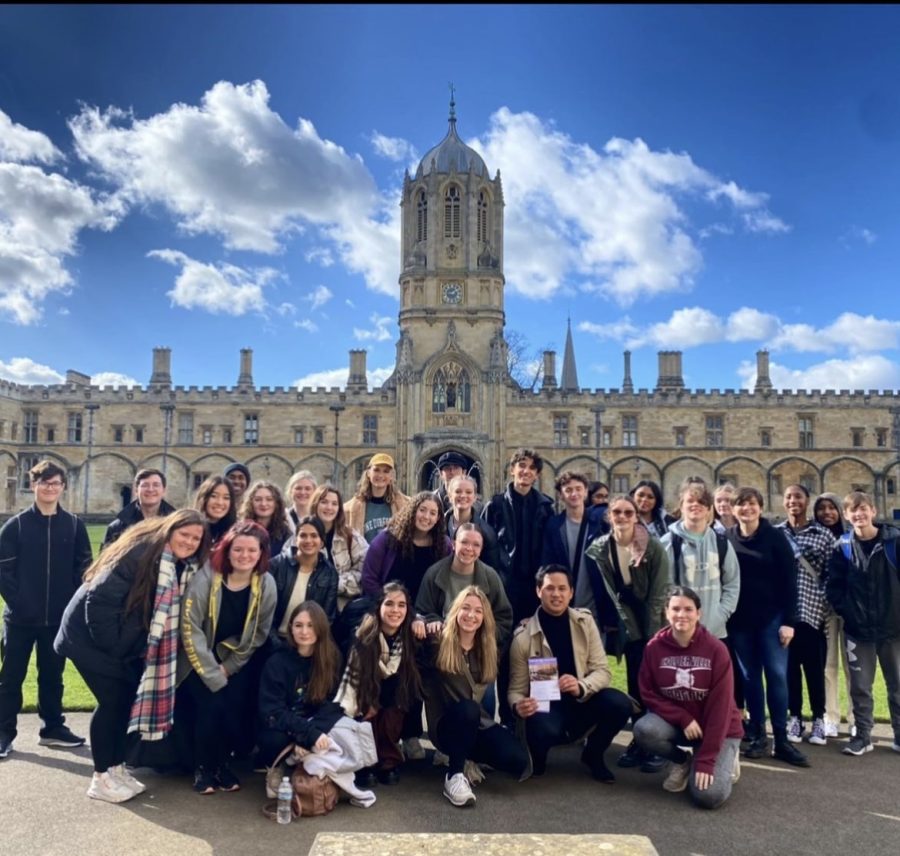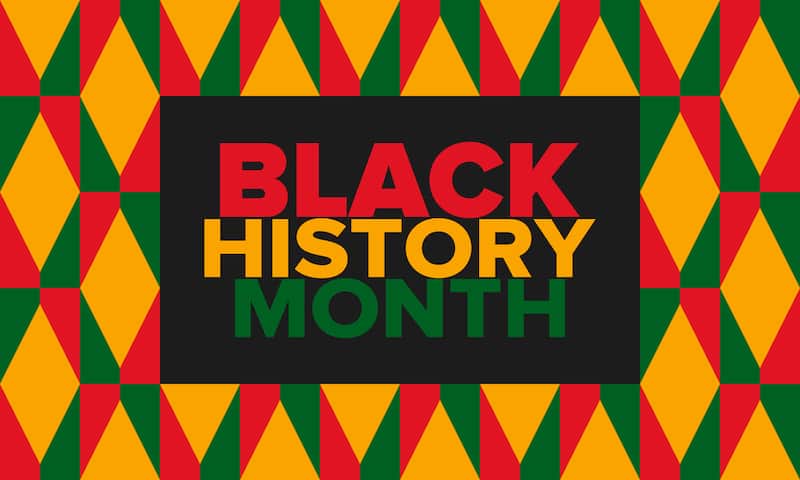Is AI better than Picasso?
now everyone can be an artist
April 5, 2023
Anyone can do it.
AI generated art is getting more and more advanced. It’s the new thing for this generation; with the ability to type a sentence and form a masterpiece of artwork, you have limitless creativity at your fingertips. Millions of people are now using a new breed of AI to generate stunning, never-before-seen pictures. Not everyone can design and write an Oscar winner like Toy Story 3 or Coco, but everyone can launch an AI image generator and type in an idea.
Is it cheating?

Many people are angered by these AI generators being used in competitions, as well as them being considered as “original work.” This year, in the Colorado State Fair’s annual art competition, Jason Allen took home the blue ribbon in the fair’s contest for digital artists with his work, “Théâtre D’opéraSpatial,” making it one of the first A.I.-generated pieces to win such a prize. He received a heap of backlash. Furious viewers and artists that claimed it was cheating. Mr. Allen defended his work saying that he had made clear that his work — which was submitted under the name “Jason M. Allen via Midjourney” — was created using A.I.
Why is it so popular?
Why are so many people so excited to mess with these AIs? Many images are being created for the same reasons that humans make most art: the images are pretty, and we like to look at them. Like a sunset or a sunrise, the patterns of light reflecting to our eyes is mesmerizing. They never repeat themselves; they surprise us every time. AI-generated pictures can be utilitarian too. Say you are writing a book or article. Uniqueness in the work rarely yields a pre-existing picture, and if used, its copyright status could be expensive. It’s both cheaper and faster to generate a unique, personalized image for your article in a few minutes with AI. Not to mention, the copyright ownership is yours.

What’s the future of AI?
For the first time in history, humans can form everyday acts of creativity on demand, in real time, at scale and for cheap. Ancient moral philoshophers and world-famous artists are probably rolling in their grave, but like it or not, synthetic creativity is a part of our society now. It turns out that all you need is the right code to make soemthing new in the art world. This is the innovation that movies like “Back to The Future” were teasing. This is the next big step in novelty, innovation, and the excitement of creative change. This superpower can help us extend the excitement indefinitely. If we learn to use it correctly, this can be a decade the history books highlight.
